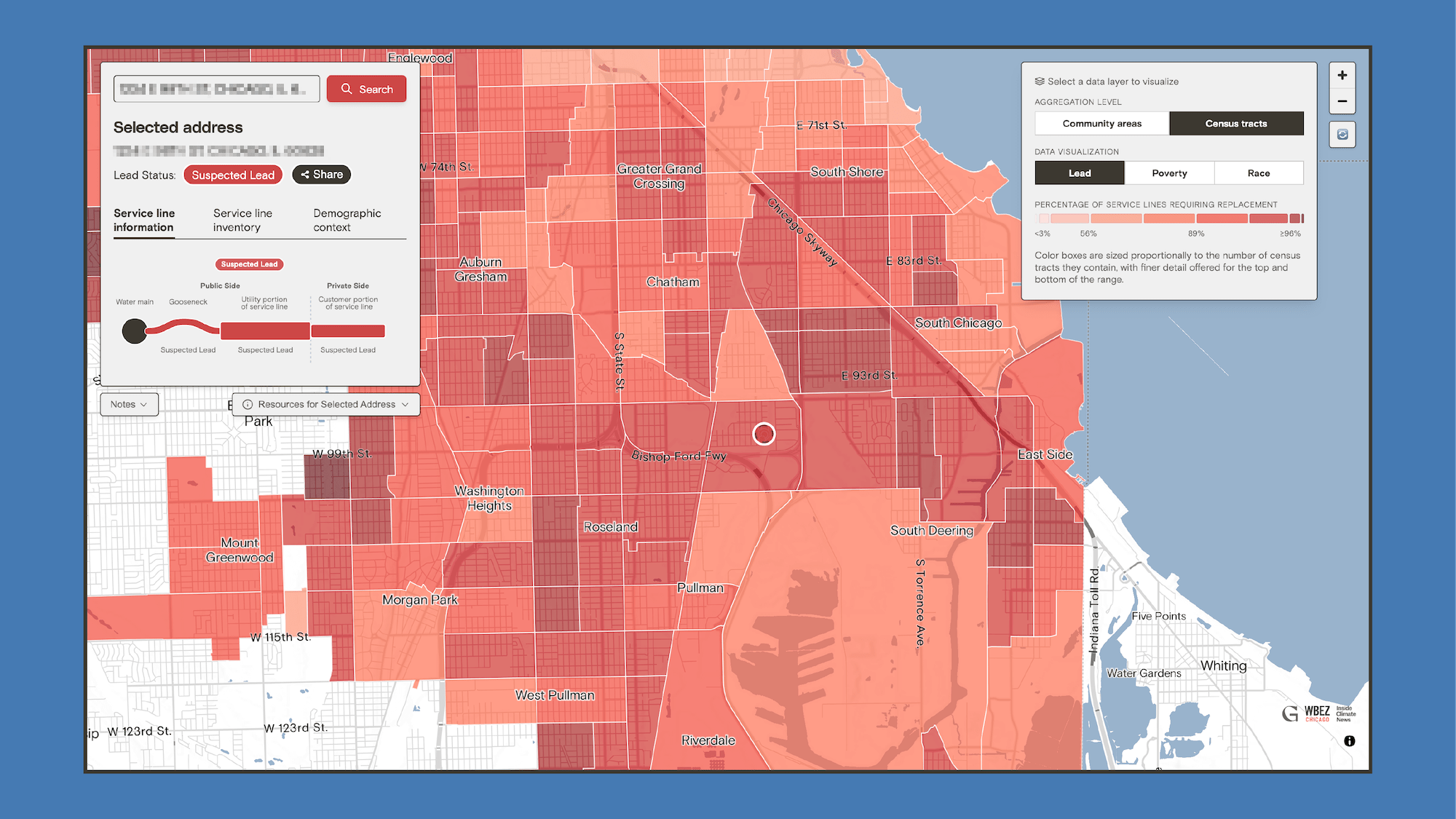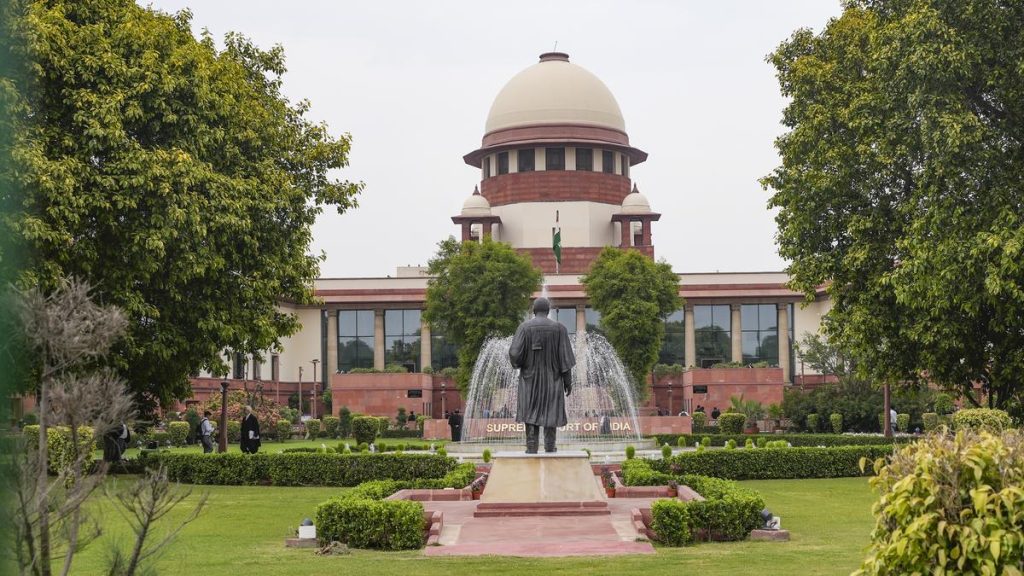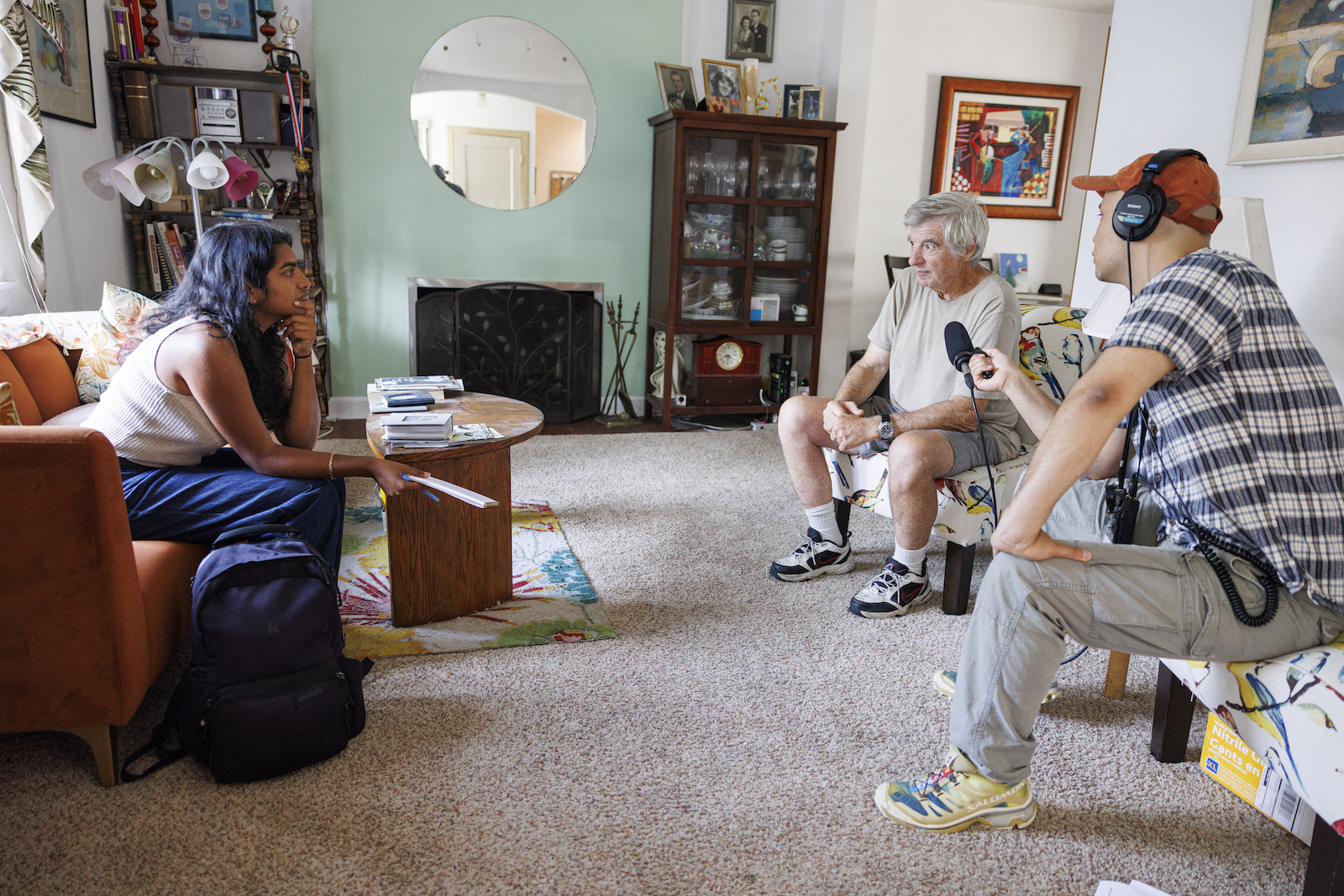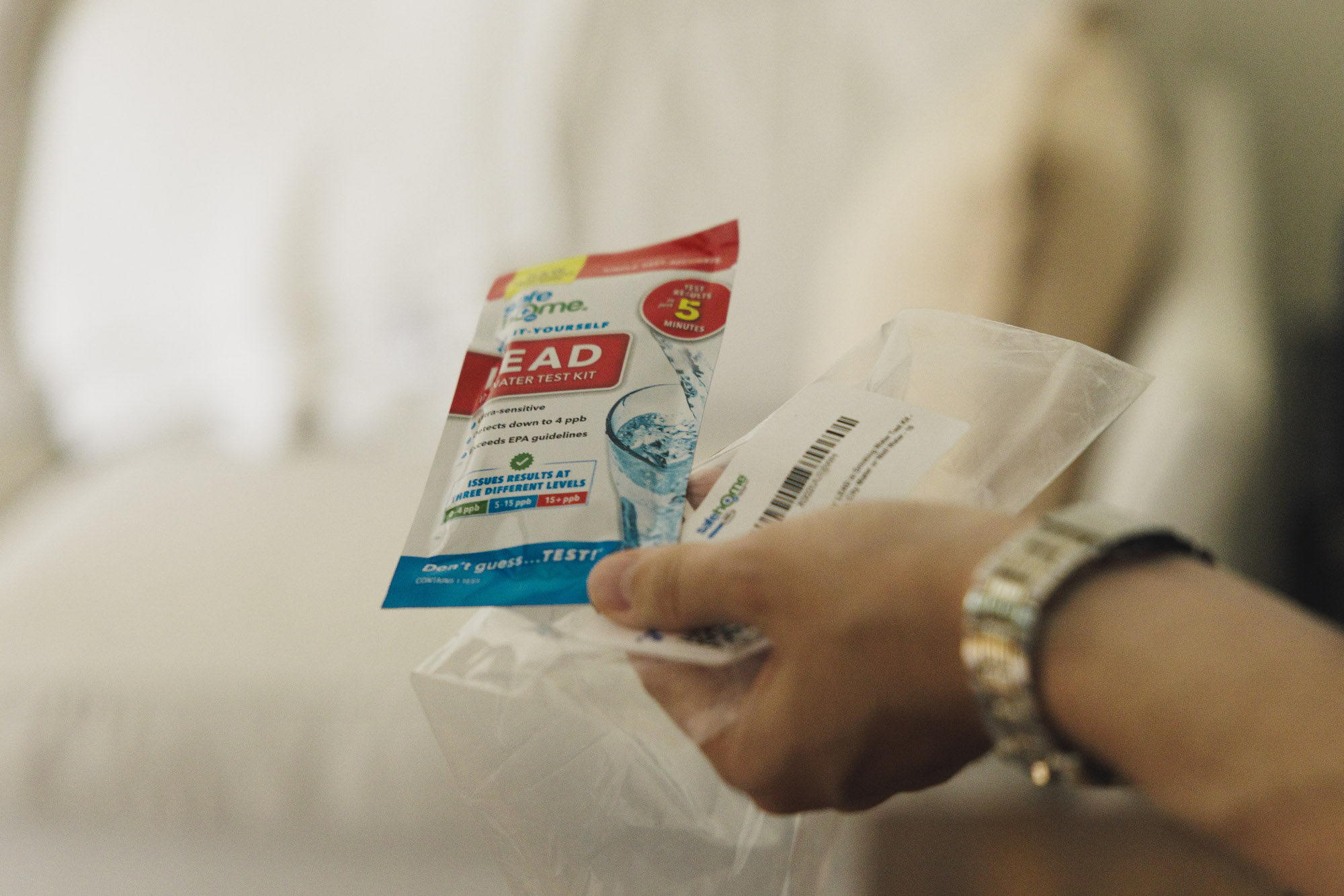Now Reading: Chicago Tops U.S. List for Lead Pipes: Comprehensive Map Released
-
01
Chicago Tops U.S. List for Lead Pipes: Comprehensive Map Released
Chicago Tops U.S. List for Lead Pipes: Comprehensive Map Released

Rapid Summary
- Chicago has the nation’s highest number of lead water service lines, with 412,000 out of 491,000 pipes containing or suspected to contain lead. Majority Black and Latino neighborhoods are disproportionately impacted.
- Lead exposure poses severe health risks,including developmental delays in children and chronic illnesses in adults; there is no safe level of lead exposure.
- An analysis by Grist, Inside Climate News, and WBEZ provides an interactive map showing households affected by lead water lines alongside data on race and poverty. High-risk areas include the South Side and West Side.
- Despite ongoing replacement efforts since 2019 focusing on prioritized locations like childcare facilities and disadvantaged communities,the city projects complete replacement by 2076-far past federal deadlines-due to funding shortfalls.
- Low-income residents face barriers such as insufficient internet access to apply for programs or inability to afford private-side line replacements even with subsidized programs. The cost can exceed $26,000 per household.
- Nationwide racial disparities mirror those in Chicago: two-thirds of Black and Latino Illinoisans live in municipalities containing nearly all known lead pipes statewide.
Indian opinion Analysis
Lead contamination is both a specific infrastructure challenge for Chicago and a reflection of broader structural inequities pertinent to global urban management issues-including cases relevant for India’s sprawling cities like Delhi or Mumbai.Affluent neighborhoods fared better while historically marginalized ethnic communities grappled with compounded risks from systemic disinvestment paired with environmental hazards like industrial pollution-all correlating starkly hear through high percentages of aged toxic pipelines mapped beneath poorer regions.
For India particularly transitioning rural~urban lifestyles threading equitable legacy-building ahead))data! Science exhaust token availability MeanHumanz

























